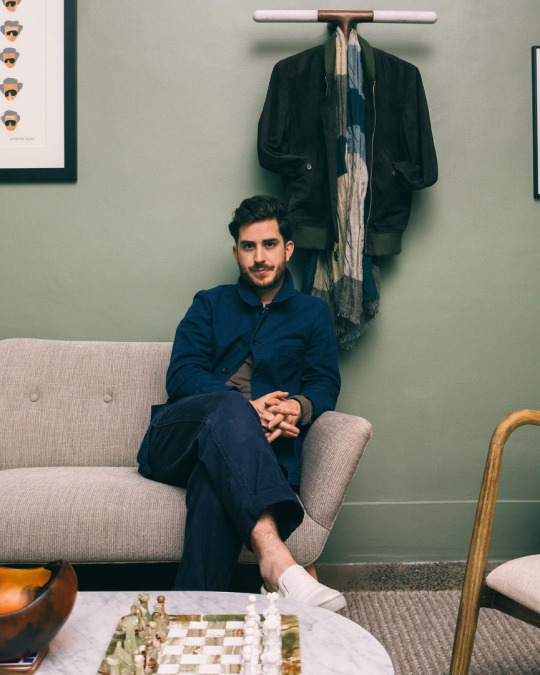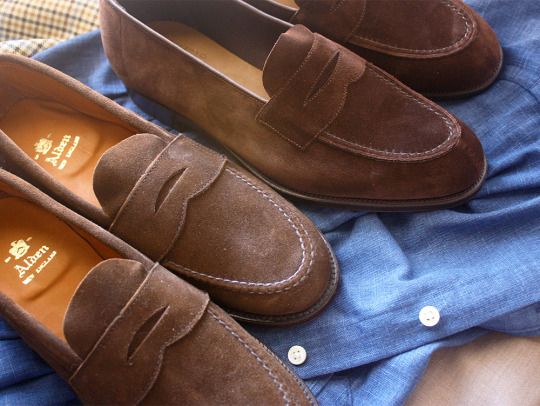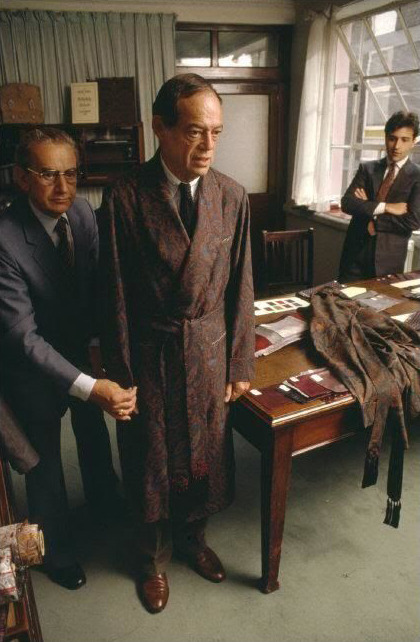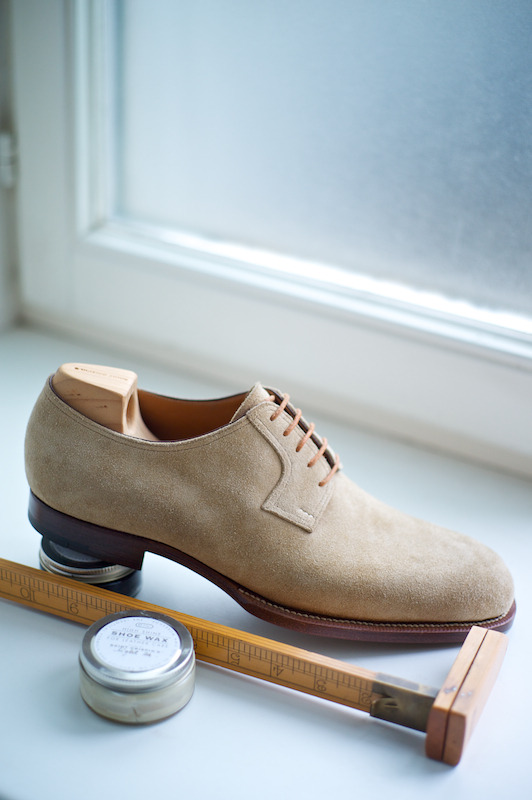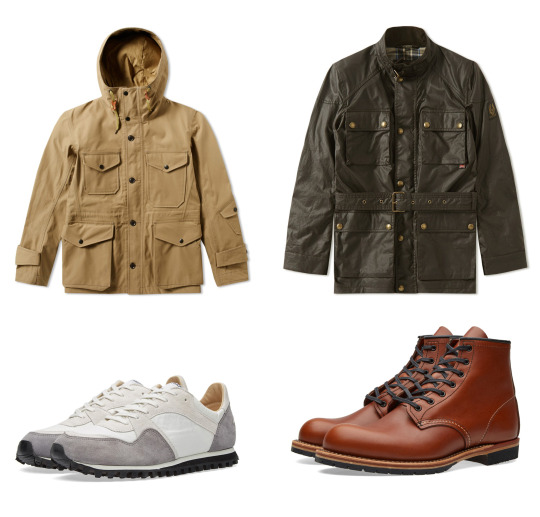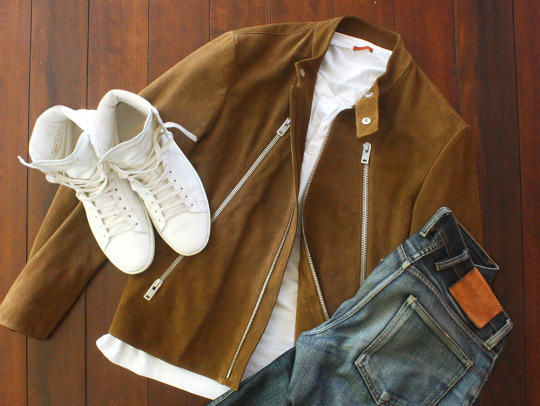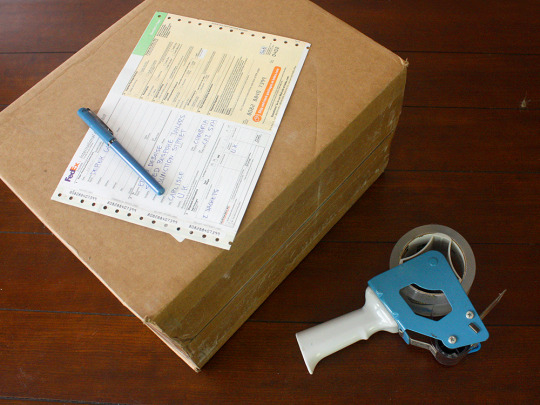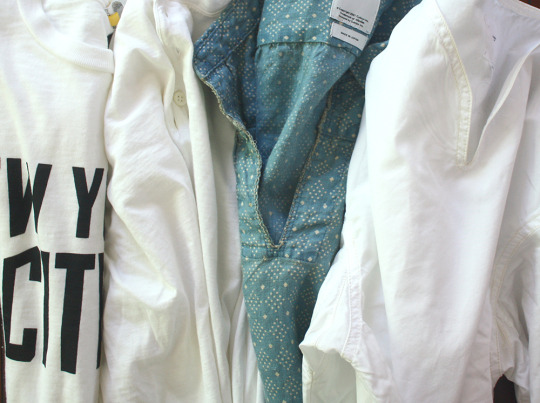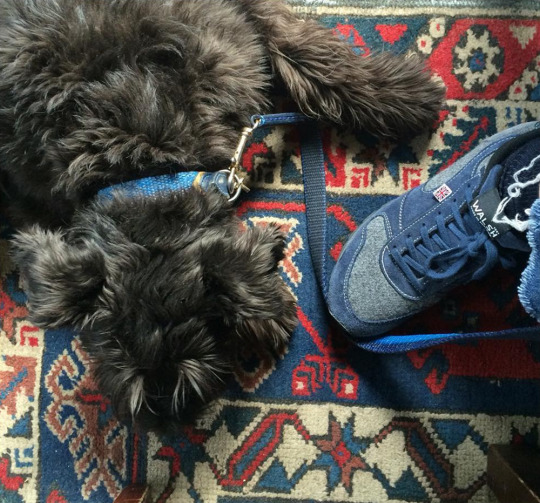From the Ralph Lauren Vaults
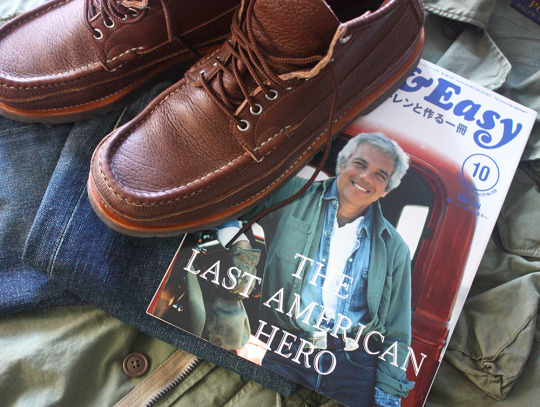
Ralph Lauren will always have a special place in my heart. It’s the one company I really admired growing up – more in terms of how it was appropriated by streetwear culture, rather than the preppy Americana crowd it was originally intended for. I also think few companies have been as consistent and as great for so long. There isn’t much from their archive that I don’t think looks good today (just slim up some of the ‘90s stuff, Ralph!).
About ten years ago, the now defunct Japanese menswear magazine Free & Easy published a special issue on Ralph Lauren (I put up a few pages from it here). Most of the clothes featured are long gone, of course. They were made sometime between the 1970s and ‘90s, although styles like them can still be found on Ralph Lauren’s site. For obsessives, vintage pieces come with a bit of provenance, but since some have become collectors’ items, prices can sky rocket into the thousands. Assuming you can even find them in the first place.

